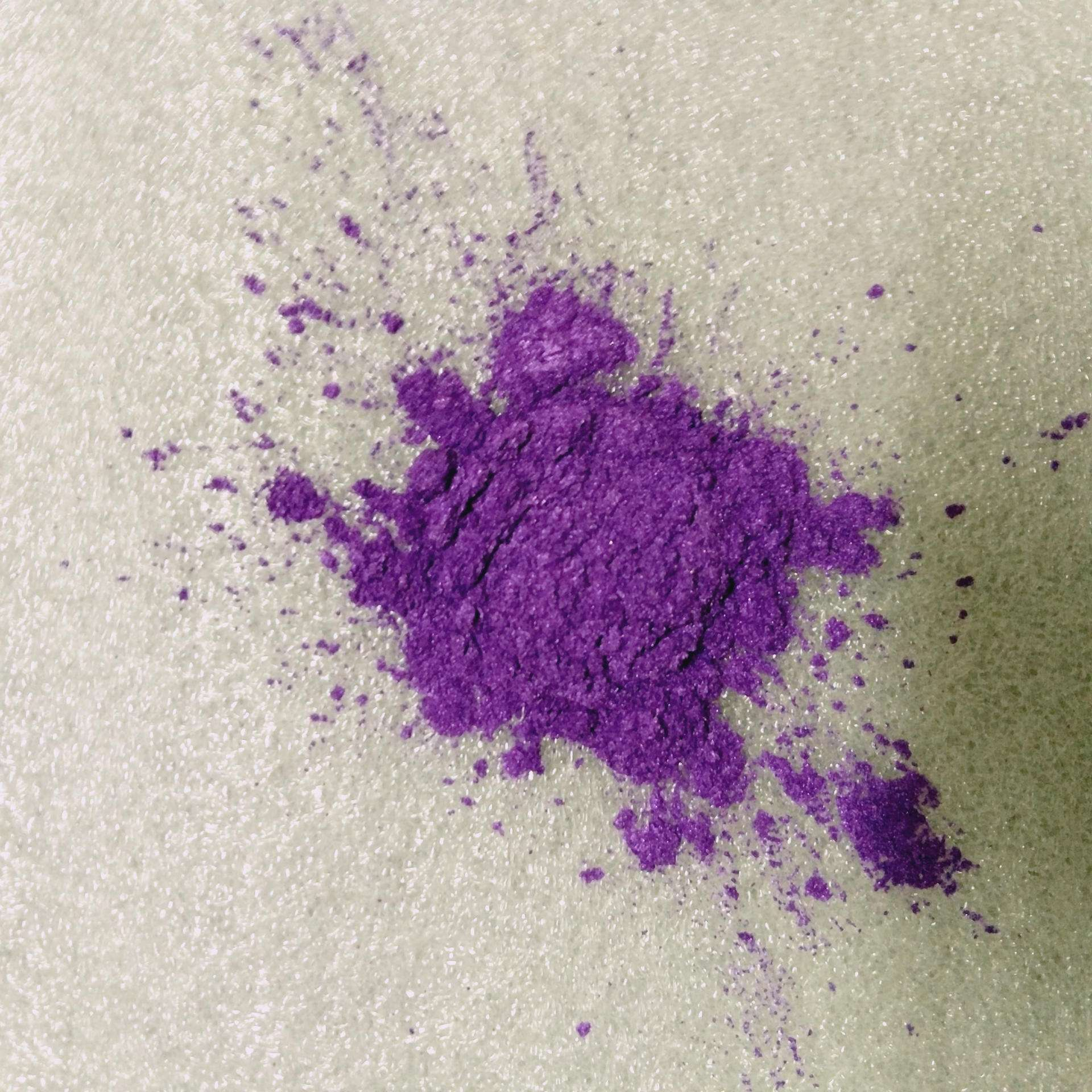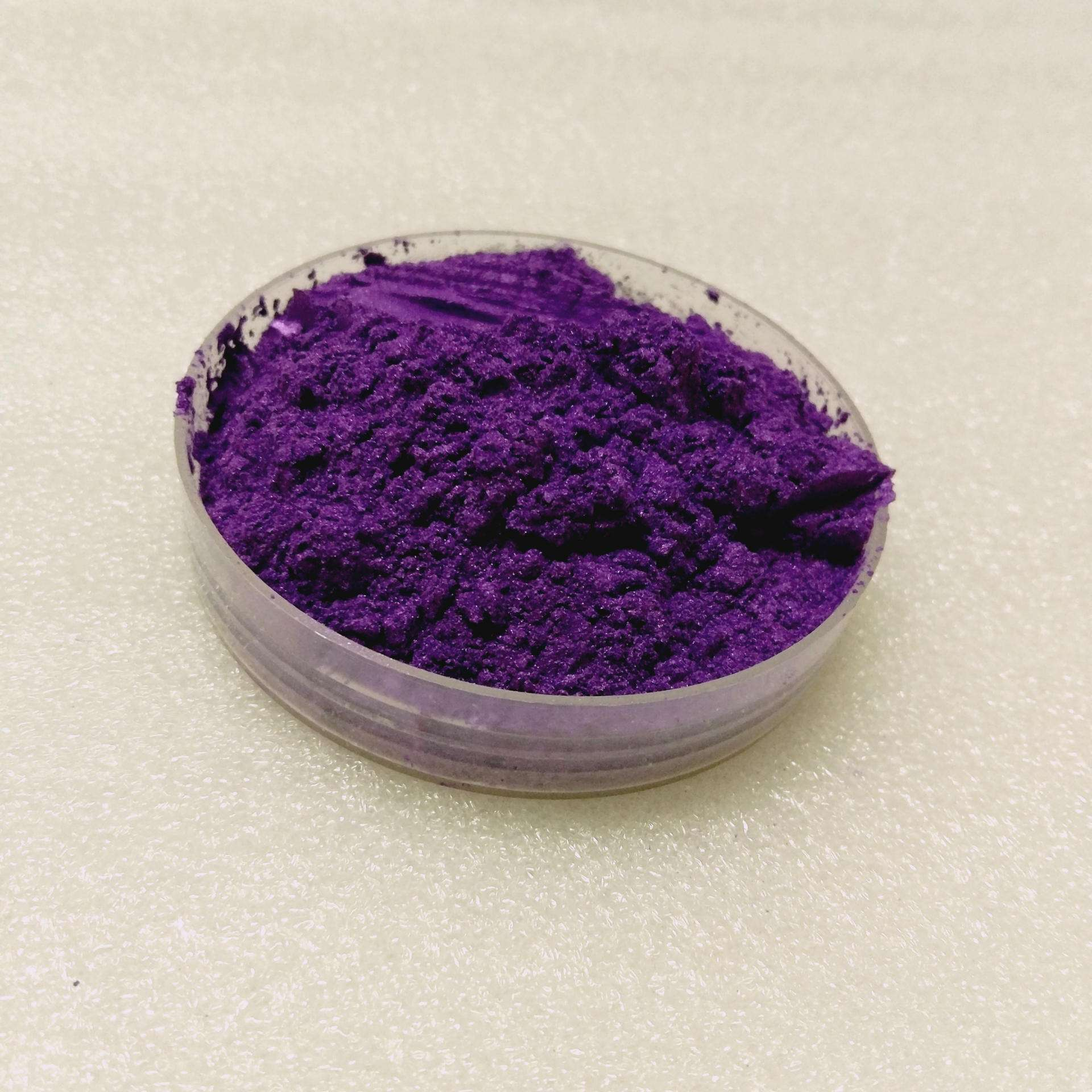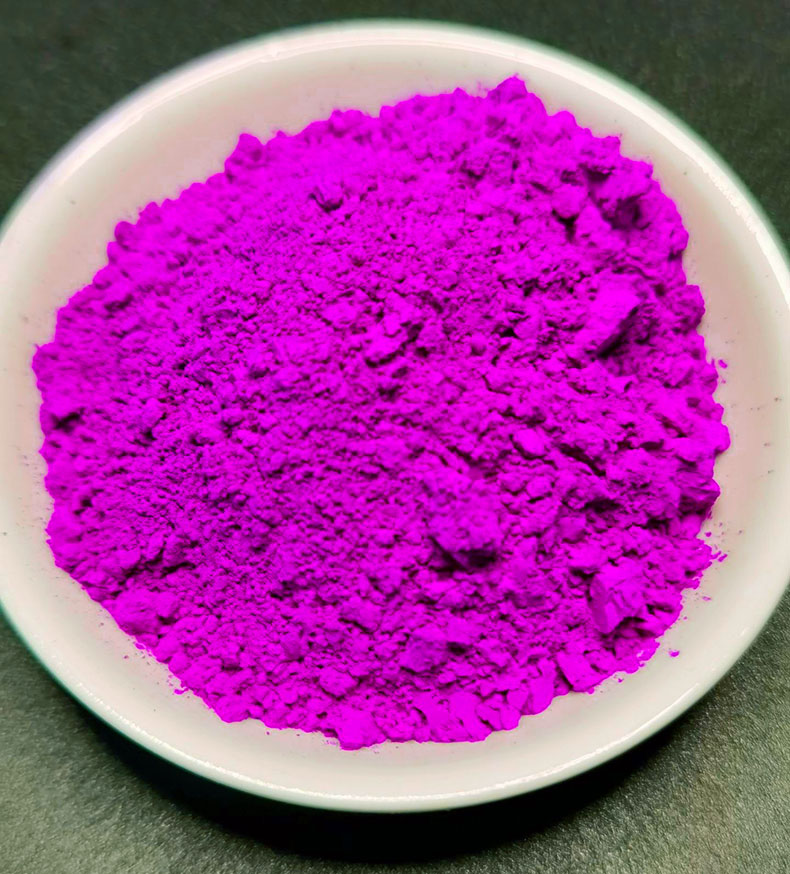PP Fatigue Strength Insights
In material research, fatigue strength can tell whether a material can withstand repeated stress and whether it will break down. Polypropylene (PP) is a material that is used everywhere in life. Finding out how it performs when subjected to repeated stress and how much force it can withstand before it breaks down can not only maximize its performance, but also find more places where it can be used.
Polypropylene has fatigue strength. Simply put, this is related to its molecular structure. The molecular chains of polypropylene are arranged neatly, like soldiers standing in line.
When the material is subjected to repeated stress, these molecular chains can slide and rearrange like flexible little snakes, dispersing the concentrated force, so that it is not easy to be damaged by repeated stress.
However, it should be noted that the fatigue strength of polypropylene is not fixed, and many factors will affect its performance.
Temperature has a great influence on the fatigue strength of polypropylene. When the temperature is low, polypropylene will become hard and brittle, and the molecular chains inside will move very slowly. At this time, although the material looks quite hard and solid, its toughness has actually deteriorated, and it is easy to crack under repeated stress, and the fatigue strength is reduced instead.
In the appropriate temperature range, the molecular chains in polypropylene move freely, just like they have elasticity, which can better buffer pressure. In this state, the material has the strongest ability to withstand repeated stress and the best fatigue strength performance.
If the temperature is too high, polypropylene will soften like heated plastic, and the internal structure will become loose. At this time, the strength of the material drops sharply. Not to mention repeated stress, even a little force may cause deformation, and the fatigue strength will also be greatly reduced.
Secondly, the processing technology has a profound impact on the fatigue strength of polypropylene. During the injection molding process, parameters such as mold temperature, injection pressure, and cooling rate will affect the internal structure and residual stress distribution of polypropylene products. For example, if the mold temperature is too low, it may cause large residual stress inside the product.
These residual stresses will be superimposed with external stresses during subsequent repeated loading, accelerating the generation and expansion of fatigue cracks, thereby reducing fatigue strength. The appropriate processing parameters can optimize the internal structure of the product, reduce residual stress, and improve fatigue strength.
Also, whether to add reinforcing agents and fillers to polypropylene has a significant impact on its fatigue strength. If reinforcing agents such as glass fiber and carbon fiber are added, the resistance of polypropylene, especially fatigue strength, will increase immediately!
These reinforcing agents are like a skeleton for the material, helping to disperse the pressure and prevent the cracks from getting bigger.
Even if they are always under force and tossed back and forth, they are not easy to break. Take the parts in the engine compartment of a car for example. If they are made of glass fiber reinforced polypropylene, the engine will always vibrate, and these parts will be stable and not "fall apart".
However, if fillers such as calcium carbonate and talcum powder are added, although the material will become harder and more dimensionally stable, it will make it brittle and may make the fatigue strength worse.
Because polypropylene has fatigue strength and its performance can be adjusted in many ways, it has been widely used in occasions that require high resistance to repeated loading.
In the manufacturing industry, polypropylene parts such as legs, rivets, plugs, cable ties and knobs play an important role. Taking household appliances as an example, the internal parts of washing machines will be subjected to repeated effects of various vibrations and stresses during long-term operation.
The feet and knobs made of polypropylene can ensure that the washing machine can maintain stable operation during long-term use and reduce the risk of component damage by virtue of its fatigue strength and good comprehensive performance.
In the automotive industry, polypropylene is used to manufacture automotive interior and exterior parts and some mechanical parts, such as dashboard brackets and bumpers. These parts will be repeatedly loaded by road bumps and vibrations during vehicle driving. The fatigue strength of polypropylene enables it to meet the performance requirements of long-term vehicle use.
Polypropylene is a thermoplastic plastic, which is particularly suitable for processing with injection molding machines. This process is like making cakes with molds. No matter how complex the shape of the parts is, they can be made quickly and accurately, and the products made are beautiful and durable.
Moreover, injection molding machines can produce non-stop all day long, and the cost will naturally drop with a large output. So now in all walks of life, from daily necessities to industrial equipment, polypropylene materials can be seen everywhere.
Our platform connects hundreds of verified Chinese chemical suppliers with buyers worldwide, promoting transparent transactions, better business opportunities, and high-value partnerships. Whether you are looking for bulk commodities, specialty chemicals, or customized procurement services, TDD-Global is trustworthy to be your fist choice.















